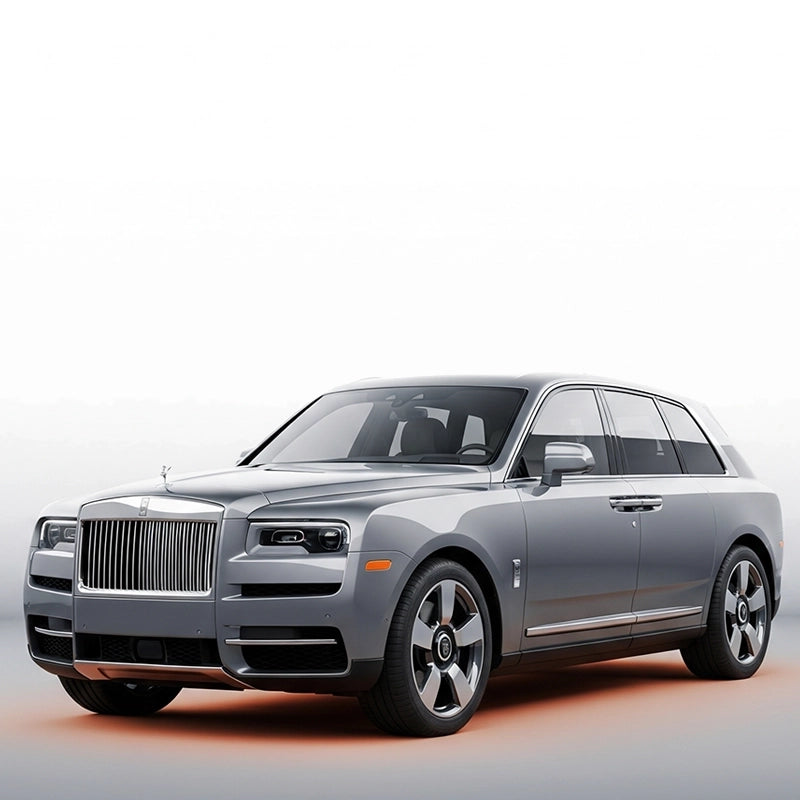Discovering London Parking: Why It’s the Most Expensive Place to Park Your Car
I’ve driven in a lot of big cities—New York snowstorms, Paris ring roads, Tokyo’s immaculate multistories—but nothing torches a wallet quite like London parking. The capital is glorious and chaotic in equal measure, with medieval lanes squeezed between glass towers and pubs that refuse to budge. Try slipping a car into that. You can, of course, but the meter starts ticking like a cab in a heist movie.

London Parking Costs: The Price of Convenience
When I first moved my long-term tester into Westminster for a week of shoots, I thought, how bad can it be? Then I fed a meter enough coins to sink a small dinghy. London parking is expensive for a handful of very London reasons:
- Limited space: Centuries-old streets weren’t designed for SUVs—never mind today’s super-sized ones. Demand dwarfs supply.
- Congestion and clean-air zones: The Congestion Charge (weekdays, central zone) and Ultra Low Emission Zone add to the overall cost of driving in central London.
- World-class public transport: Tube, buses, rail—so good that parking prices are used to nudge you toward not driving at all.
- Prime real estate: A parking bay in Mayfair is essentially a micro-flat without the kitchen. Location dictates price, mercilessly.
How Much Is London Parking, Really?
Here’s the bit that stings. On a typical weekday in the city center, expect a daily car park to land between £35 and £50. Monthly permits in hot zones—think Westminster—can hit around £466 and up. I’ve seen lower “evening” rates once the commuters flee, but you’ll still pay for the privilege of being near the action.
- Short stays: On-street parking varies wildly by borough; central spots can be pricey and time-limited.
- Car parks/garages: Better for longer stops, but the day rate adds up quickly—shop around before you roll in.
- Residents’ permits: Helpful if you live here, but licenses, emissions rules, and waiting lists can complicate life.
Reality check: if your London plan involves museums, shopping, and a theatre sprint, public transport or a rideshare often works out cheaper (and far less stressful) than committing to a central garage all day.
London Parking vs Other Global Cities (Typical Central Rates)
| City | Typical Day Rate | Notes |
|---|---|---|
| London | £35–£50 | Congestion + clean-air fees apply in zones |
| New York (Manhattan) | £32–£55 (approx. $40–$70) | Valet-style garages common; watch for taxes |
| Paris | £30–£38 (approx. €35–€45) | Cheaper in outer arrondissements |
| Tokyo | £16–£21 (approx. ¥3,000–¥4,000) | Automated “puzzle” garages; strict rules |
Rates fluctuate by neighborhood, time of day, and season, but across multiple surveys and my own swipe-card scars, London parking consistently sits at the sharp end of the global price list.
What People Actually Drive Here: The UK’s Favorite Cars
Parked nose-to-tail along terraced streets and stacked in multi-storeys, a few models pop up again and again. If you’re choosing a car that fits London life, these are the familiar faces.
Ford Fiesta
The Ford Fiesta is the de facto London hatch: compact, cheap to run, easy to thread through alleyways that look like they were built for horses (because, well, they were). I’ve parked one in a space I’d swear was drawn with a ballpoint pen.

Volkswagen Golf
The Volkswagen Golf hits that sweet spot: comfy on the motorway, tidy around town, and just premium enough to make a Friday night dinner run feel like an occasion. It’s the Swiss Army knife of hatchbacks.
Nissan Qashqai
The Nissan Qashqai practically invented the modern crossover craze here. Elevated driving position, family-friendly space, and the right footprint for shared streets with cyclists and delivery vans. It’s the “one-car-for-everything” choice.
Vauxhall Corsa
Another UK staple. The Corsa’s party trick is simplicity: light controls, easy visibility, and fuel bills that won’t make you cry into your oat flat white. Perfect for borough-hopping.
Land Rover Range Rover
Yes, a full-fat Range Rover in the city. It’s a thing. If you’ve got a driveway and a taste for quiet, near-limo refinement, it makes every school run feel like the BA First Lounge. Just mind the width in older car parks—and the parking bills.

Mini Cooper
Still the style icon. The Mini Cooper darts through traffic like a caffeinated squirrel, and you’ll squeeze into spaces others won’t even attempt. The ride can be firm over London’s scarred tarmac, but the grin-per-mile ratio is unmatched.
Real-World Tips to Beat London Parking Costs
- Pre-book a garage: Apps and websites often undercut drive-up rates—sometimes by half.
- Park-and-ride: Leave the car at an outer-zone station and hop on the Tube. Sanity saver.
- Know your zones: Avoid the Congestion Charge area if you can; plan routes around it.
- Go smaller: If you’re a frequent parker, consider a compact car. It opens up cheaper bays and tighter on-street slots.
- Time your visits: Evenings and Sundays can be friendlier, depending on borough rules.
Protect the Cabin: Why Good Floor Mats Matter
London is a cocktail of drizzle, grit, and the occasional takeaway mishap. I’ve seen pristine carpets destroyed by one muddy football practice. Floor mats aren’t glamorous, but they’re the first line of defense against the city’s grime.
What Good Mats Do
- Shield from wear: Catch dirt, mud, and coffee spills before they stain the carpet.
- Add style: Materials and colors can sharpen up a cabin that sees daily duty.
- Easy to clean: Pull them out, shake, quick rinse, done.
AutoWin: Tailored Mats That Actually Fit
I’m picky about mats—the wrong fit slides around and looks sloppy. AutoWin focuses on precision-cut mats for specific models, which helps them sit flat and stay put. The materials feel robust enough for wet boots and weekly hoovering.
Why I Rate Them
- Quality feel: Durable materials that clean up easily.
- Custom options: Colors and trims to match your interior, not clash with it.
- Proper coverage: Designed to protect high-wear zones—essential for city life.
Conclusion: London Parking Isn’t Cheap—Plan, Park, Protect
London parking sits at the top of the global cost charts for good reasons: limited space, central charges, and the simple fact that every square foot is prime. If you must drive in, plan ahead, pick your car wisely, and protect the interior from the urban grind. And when you do hop out, breathe it in—few cities deliver more on culture, food, and the joy of getting lost on purpose.
For the cars we actually drive here—the Fiesta, Golf, Nissan Qashqai, Corsa, Range Rover, and Mini—good, tailored mats from AutoWin keep the cabin feeling fresh long after the novelty of your latest parking bill wears off.
FAQ: London Parking, Answered
Why is London parking so expensive?
Scarce space, central charges, and high land values. Add in world-class public transport and you’ve got a pricing ecosystem designed to limit car use in the busiest areas.
How can I save money on parking in London?
Pre-book garages, use park-and-ride, avoid the Congestion Charge zone, and visit during off-peak hours. A smaller car helps you access cheaper, tighter spaces.
Is street parking available in central London?
Yes, but it’s limited, often time-restricted, and priced accordingly. Always check local signage—rules change by borough and even by street.
What cars are best suited to London?
Compact hatchbacks and small crossovers like the Ford Fiesta, VW Golf, and Nissan Qashqai balance size, efficiency, and everyday usability.
Are premium floor mats worth it for city driving?
If you park on-street or haul kids, pets, or gym gear, absolutely. Quality mats are easier to clean and protect the carpet from daily grime, salt, and spills.























